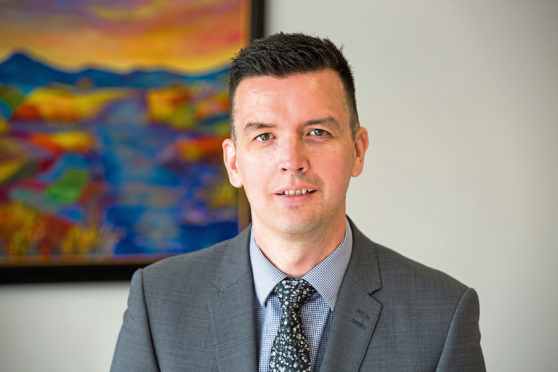Nearly three in five people (57%) in Scotland plan their lives only days (38%) or weeks (19%) ahead, according to wealth manager Brewin Dolphin.
Research by the firm found Scots take a more live-for-the-moment approach to life.
While 14% of people north of the border plan for years ahead, very few (3%) do so for future decades.
This may explain why only 7% of adults in Scotland with life goals know how they will achieve them.
Brewin also commissioned a survey of more than 2,000 UK adults to gauge people’s wellbeing and life goals.
It found that, when it comes to life goals for the future, travel is a primary ambition for just under half (47%) of people in Scotland.
This is followed by getting fit and exercising (46%), eating heathier (40%), spending more time with friends and family (35%), and retiring from work (18%).
Money is the main obstacle (31%) preventing people in Scotland from achieving their goals, then motivation (27%), followed by energy (23%) and time (19%).
When it comes to financial goals, more than one in five people (21%) in Scotland have none.
Bruce Swankie, financial adviser at Brewin in Aberdeen, said: “The Scottish statistics from our research suggest that we take a more live-for-the-moment approach to life.
“However, Aberdeen’s experience in the past few years underlines the importance of planning ahead.
“Oil and gas can be notoriously cyclical and it’s important to mend the roof while the sun is still shining, putting money aside for the troughs that inevitably lie ahead.
“When it was particularly tough, we saw people lose their jobs or have to postpone their financial goals, including retirement, while dealing with the angst and upset which inevitably follow. “
He added: “One of the best steps you can take is to look at cashflow modelling, which can analyse an individual or family’s finances and identify areas where money can be saved.
“It allows you to plan for the future, based on chosen assumptions, with a view to making sure you’ll have enough money to maintain your desired lifestyle for the long-term future.
“There are also a variety of simple stepping stones you can take towards your long-term goals.”
Brewin recently invited people to write letters to their future selves to help them describe and plan for their long-term life goals.
Liz Alley is divisional director of financial planning at the company.
She said: “The next step is to build a bridge from now to that future self by putting a plan in place to get there.”
Some of the standout letters are being showcased by Brewin to highlight examples of what people want in the future.
The 500 letters, all anonymous, showed wellbeing in old age pivots on simple hopes – family, health and happiness – rather than extravagant financial ambitions.
A well-balanced life was a key aspiration for many respondents.
